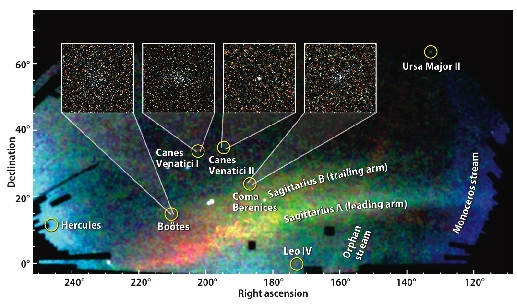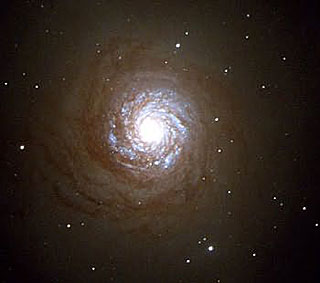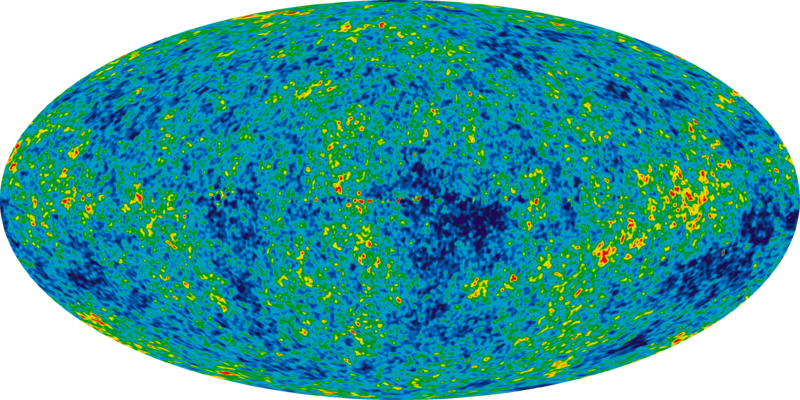http://en.wikipedia.org/wiki/Hipparcos wrote:
<<
[Over five years of operation The High Precision Parallax Collecting Satellite (Hipparcos)] objective was to provide the positions, parallaxes, and annual proper motions for some 100,000 stars with an unprecedented accuracy of 2 mas (milliarcseconds), a target in practice eventually surpassed by a factor of two.
Since 1997, several thousand scientific papers have been published making use of the Hipparcos and Tycho Catalogues. A detailed review of the Hipparcos scientific literature between 1997–2007 was published in 2009. Some examples of notable results include (listed chronologically):
* studies of Galactic rotation from Cepheid variables[14]
* the nature of Delta Scuti variables[15]
* studies of local stellar kinematics[16]
* testing the white dwarf mass-radius relation[17]
* the structure and dynamics of the Hyades cluster[18]
* kinematics of Wolf-Rayet stars and O-type runaway stars[19]
* subdwarf parallaxes: metal-rich clusters and the thick disk[20]
* fine structure of the red giant clump and associated distance determinations[21]
* unexpected stellar velocity distribution in the warped Galactic disk[22]
* refining the Oort and Galactic constants[23]
* Galactic disk dark matter, terrestrial impact cratering and the law of large numbers[24]
* vertical motion and expansion of the Gould Belt[25]
* the use of gamma ray bursts as direction and time markers in SETI strategies[26]
* evidence of a galaxy merger in the early formation history of the Milky Way[27]
* study of nearby OB associations[28]
* close approaches of stars to the Solar System[29]
* studies of binary star orbits and masses[30]
* the HD 209458 planetary transits[31]
* formation of the stellar Galactic halo and thick disk[32]
* the local density of matter in the Galaxy and the Oort limit[33]
* ice age epochs and the Sun's path through the Galaxy[34]
* local kinematics of K and M giants and the concept of superclusters[35]
* an improved reference frame for long-term Earth rotation studies[36]
* the local stellar velocity field in the Galaxy[37]>>
 Atoms for Peace Galaxy Collision
Atoms for Peace Galaxy Collision




